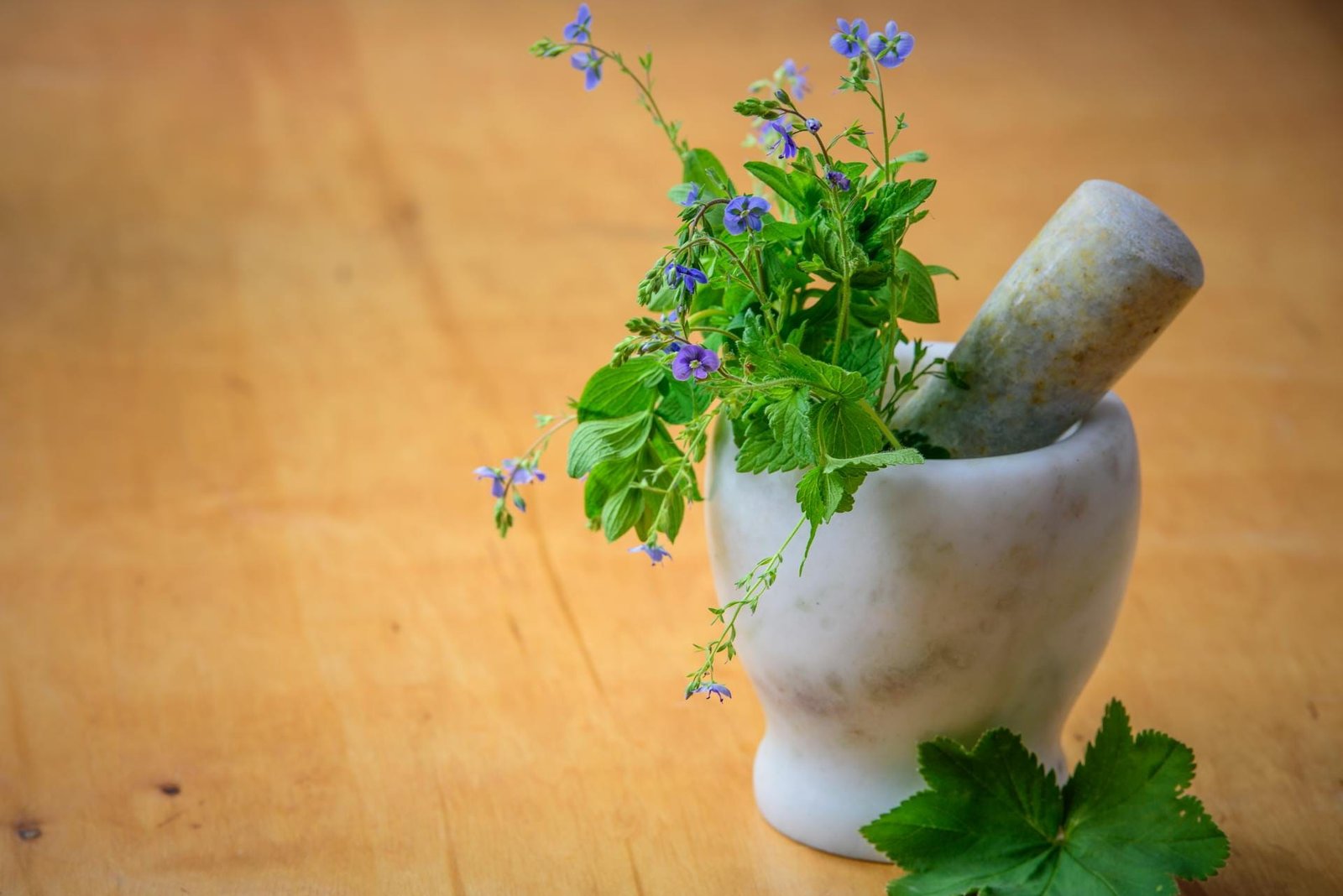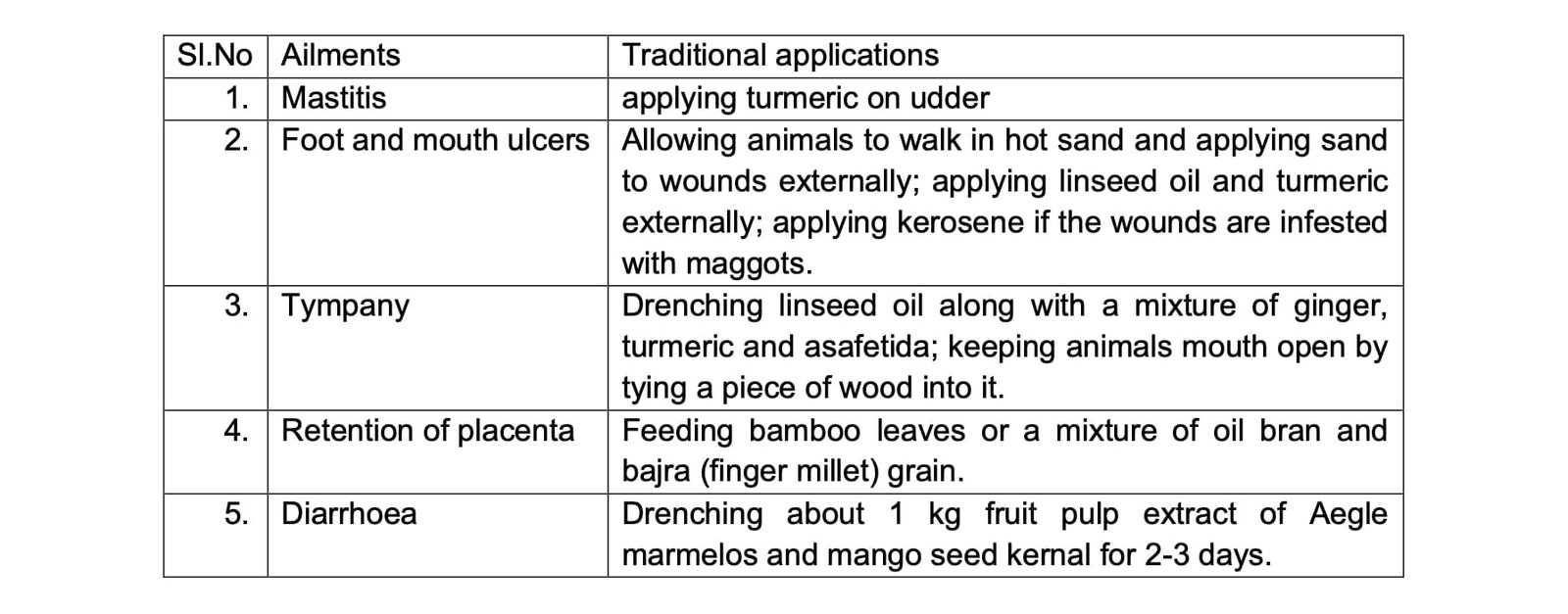TABLE OF CONTENTS
Ethnoveterinary Medicine (EVM) in Animal Disease Management
Ethnoveterinary or integrated Medicine in Animal Disease Management is getting focus in modern veterinary medicine nowadays to get rid to untreatable diseases like canine parvo viral enteritis and other viral diseases.
Ethnoveterinary Medicine
Traditional healing practices are called ‘Ethnoveterinary medicine’. According to the Who Health Organization, at least 80% of people in developing countries depend largely on indigenous practices for the control and treatment of various diseases affecting both human and animal. Ethnoveterinary practices concern to animal healthcare is as old as the domestication of various livestock species. They comprise belief, knowledge, practices and skills pertaining to healthcare and management of livestock. The Indian subcontinent has rich ethno veterinary health traditions that are the products of decades of experiences. The traditional medicines that are commonly used for animal healthcare can cut down costs considerably. Moreover, they are readily available to the ordinary farmer.

The folk health practices largely remain undocumented and are passed on from one generation to another by word of mouth. There is a rich and efficient ethnoveterinary traditions exist in the villages of India which form integral part of the family and plays an important social, religious and economic role. There are local healers who are knowledgeable and experience in traditional veterinary health care. They use the locally available medicinal plants for treatment of animals. Widespread interest in documenting and validating ethnoveterinary practices arose in the early 1980s. Since then; several studies have been carried out, many reports written and numerous conferences and workshops held.
Ethnoveterinary medicines are used extensively and quite effectively for primary health care treatment and maintaining animals productive. Ethnoveterinary practices are often cheap, safe, time tested and based on local resources and strengths.
Elements of Ethno Veterinary Practice
Ethno veterinary practices have grown recently because these practices are much less prone to drug resistance and have fewer damaging side effects on the environment than conventional medicine.
Traditional healing practices make use of three important elements:
- Application of natural products
- Appeal to spiritual forces
- Manipulation and surgery
Natural products used are:
- Medicinal plants and by-products
- Edible earth and minerals
- Parts and products of animals
- Other ingredients
Plants
Plants are the most commonly used ingredients in the preparation of ethnoveterinary medicine. All parts of the plants, including leaves, bark, fruits, flowers, seeds are used in medicinal preparations. At present over 35,000 plants are known to have healing properties. At least 1,00,000 species of plants are used by humans for as food, medicine, fibre, fuel, oils, shelter, poisons, intoxicants, ornamentals and other purposes.
Biologically active secondary plant compounds
- Phenolics (Phenols, flavonoids, quinones, tannins and lignins)
- Trapenoids (monoterpenes, lactones, diterpenes, saponins and others)
- Sulfur compounds (Glucosilates, disulphides and acetylenic thiophenes) and
- Nitrogen compounds (alkaloids, amines, non-protein amino acids and cyanogenetic glycosides)
Edible earth and minerals
Edible earth, especially from termite and ant hills, is commonly used in ethnoveterinary preparations. Limestone is a commonly used edible type of earth used in decoctions.
Parts and products of animals
Skin and hides, bones, milk, butter and even urine and dung are ingredients of ethnoveterinary medicines. Other ingredients honey, vegetable oils and butters, and salt are used for their healing and preservatives properties.
Extensively used traditional treatment methods in dairy cattle

Ethno-Botany
Ethno botany is the term used to define the experience of the humans, who observed birds and animals and teated leaves, fruits and tubers for their ability to satisfy hunger or heal wounds. Ethnobotany is the total direct relationship between humans and plants.
Ethno Veterinary Preparations
The most common forms of ethnoveterinary preparations are powders, poultice, ointment, decoction, infusion, cold ware extract, tincture and fumigation.
Advantages of Ethno Veterinary Medicine (EVM)
- It is freely available or at a cost in production to the value of the animal
- It is easily administered, usually topically or orally.
Disadvantages or Limitations of Ethno Veterinary Medicine (EVM)
- Particular methods are often very localized and the scope for their further dissemination is limited.
- Cures are variable in their effectiveness according to season, method of preparation etc., and few have been validated in the same way in which synthetic drugs must be validated.
- From a technical standpoint some are totally ineffective.
- EVM has little or nothing to offer against the acute viral diseases of animals.

